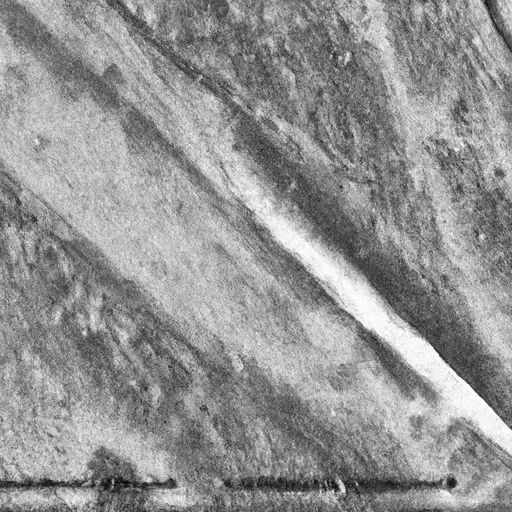What happens if you don’t prime before painting? Imagine this: You’ve finally decided to take on a painting project, eager to transform your bland walls into a masterpiece. Armed with all the necessary paints and brushes, you dive straight into the task, bypassing a crucial step – priming. Well, let’s just say it won’t be a pretty picture.
What Happens If You Don’t Prime Before Painting?
In this article, we’ll uncover the consequences of skipping this vital preparation step and why priming is the unsung hero of any successful painting endeavor. So, buckle up and get ready to learn why priming is the secret ingredient to achieving a flawless and long-lasting finish.

Table of Contents
Poor Adhesion
Causes of poor adhesion
Poor adhesion occurs when the paint does not properly bond to the surface it is applied to. There are several factors that can contribute to this issue. One common cause is a lack of surface preparation. If the surface is not properly cleaned or sanded before painting, the paint may have difficulty adhering. Another cause is applying paint to a slick or glossy surface without proper priming. The smoothness of the surface can prevent the paint from gripping onto it effectively. Additionally, using low-quality paint or using old paint that has deteriorated can also lead to poor adhesion.
Effects of poor adhesion
When the paint does not adhere properly to the surface, it can result in a range of issues. One common problem is paint peeling or flaking. Over time, the paint can loosen and detach from the surface, leaving unsightly patches. This can be particularly problematic in areas with high humidity or frequent temperature changes. Poor adhesion can also lead to cracking and blistering of the paint, which not only looks unattractive but also exposes the surface to potential damage. In some cases, poor adhesion can even cause the paint to chip off completely, requiring costly repairs.
Solutions to improve adhesion
To address the issue of poor adhesion, it is crucial to take certain steps before starting any painting project. Firstly, proper surface preparation is key. This involves thoroughly cleaning the surface to remove any dirt, grease, or debris. If necessary, sanding the surface can create a slightly rougher texture, allowing the paint to adhere better.
Additionally, using a suitable primer can greatly improve adhesion. Primers are designed to create a bonding layer between the surface and the paint, enhancing the paint’s ability to stick. Applying high-quality paint that is compatible with the surface material and conditions is also essential for achieving good adhesion.

Upgrade Your Painting Game
Explore our Introduction To The Best Paint Sprayers guide to take your projects to the next level!

